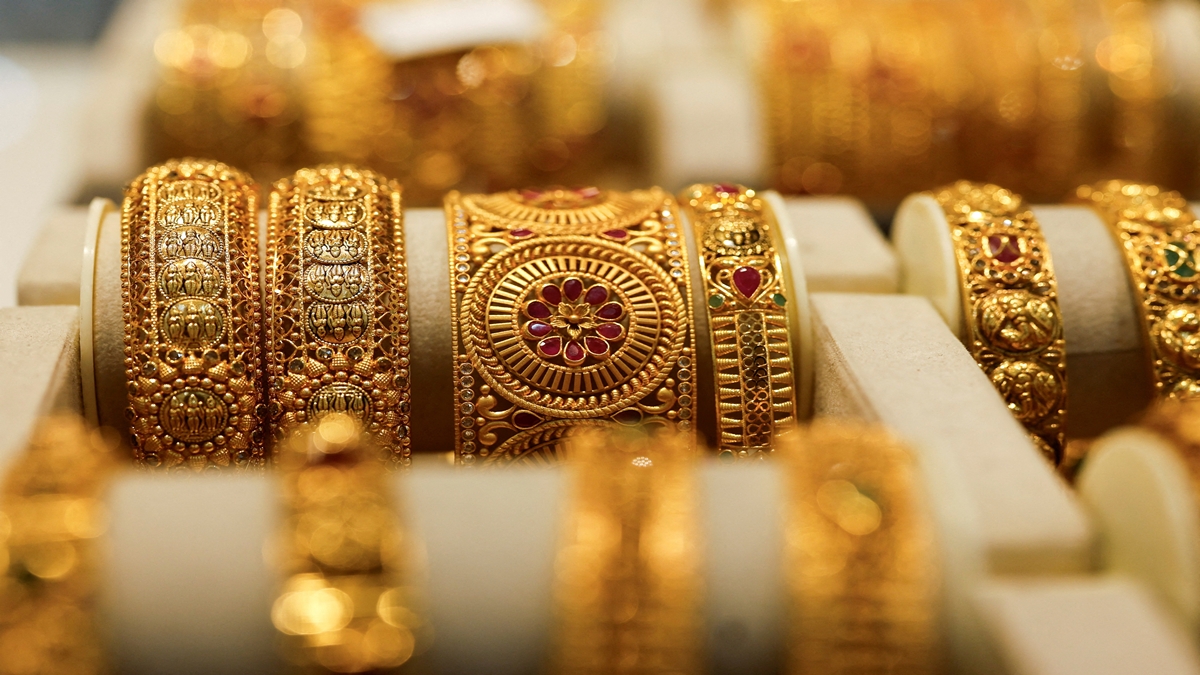On the auspicious occasion of Akshaya Tritiya, traditionally a peak time for gold purchases in India, the precious metal faced a downturn. Over the last year, gold prices skyrocketed by more than 30%, leading to a significant decline in sales. While estimates vary, some jewellers reported a staggering 30% drop in volume compared to last year, while others noted a 15% decrease compared to 2024. Despite these setbacks, the overall value of sales is projected to rise by about 10%.
Declining Volume Amid Rising Prices
Prithviraj Kothari, the president of the Indian Bullion and Jewellers Association, attributed the decline to a 30% fall in sales compared to last year. However, he expressed optimism that demand may pick up as the day progresses and the summer heat becomes less intense.
- Volume Estimates:
- Some jewellers estimate a 30% drop in sales.
- Others report a 15% decrease compared to last year.
- Overall value sales expected to rise by 10%.
Shifts in Consumer Behavior
Traders are noticing a notable trend: the exchange of old jewellery for new pieces has surged during this festive season. This practice has gained traction, especially during marriage season and Akshaya Tritiya, with over 50% of sales being attributed to these exchanges. This uptick is largely due to the hallmarking of old gold, which allows customers to receive fair prices for their previous investments. Just two years ago, this figure stood around 30%.
Saurabh Gadgil, Chairman and Managing Director of PNG Jewellers, highlighted that almost 50% of transactions are now financed through these exchanges, enabling customers to maintain their budgets while fulfilling their festive or wedding needs. He noted a slight anticipated dip in volume growth of 8-9%, but expects a significant value increase of 20-25%.
Rising Popularity of Studded Jewellery
Another emerging trend is the increased interest in studded jewellery. According to Colin Shah, Managing Director of Kama Jewellery, many consumers are leaning towards investing in gold coins due to the price surge. Notably, the demand for studded jewellery priced up to ₹2 lakh has seen a substantial rise this season.
Inventory Challenges Amid Imports
In preparation for the anticipated demand during Akshaya Tritiya and the wedding season, gold imports in March were estimated at 60 tonnes. However, the weaker sales have left retailers with over 50 tonnes of inventory. For April, imports have been slightly over 30 tonnes, with the spot gold market currently trading at a 2% discount. Unfortunately, this has not significantly boosted gold demand, as indicated by data from Gemological Science International (GSI).
Evolving Consumer Preferences
Ramit Kapur, Managing Director of GSI India, shared insights into changing buyer preferences. While diamond jewellery remains a strong contender in the studded category, there’s a noticeable shift towards coloured stones and classic jewellery featuring rose cut diamonds. The rise in submissions for certification in these categories indicates that consumers are now gravitating towards more unique and personalized choices. The share of studded jewellery within the overall demand has increased by 15% compared to the previous year, showcasing a trend toward individuality in festive shopping.
Accessibility of Low-Ticket Diamonds
Sales of lower-priced diamonds and jewellery have gained momentum, as they can be purchased with cash. Rajesh Rokde, Chairman of the All India Gem and Jewellery Domestic Council (GJC), noted that the recent correction in gold prices—from ₹99,500 per 10 grams to ₹95,000—has encouraged some buying activity. He identified two main customer segments: those spending between ₹50,000 and ₹5 lakh attracted by the festive atmosphere, and high-value purchasers investing ₹10-15 lakh who plan their purchases well in advance to take advantage of auspicious timings.
In conclusion, while this year’s Akshaya Tritiya may not have lived up to expectations in terms of gold sales volume, the evolving landscape of consumer preferences and strategic exchanges are reshaping how Indians engage with this traditional asset.











